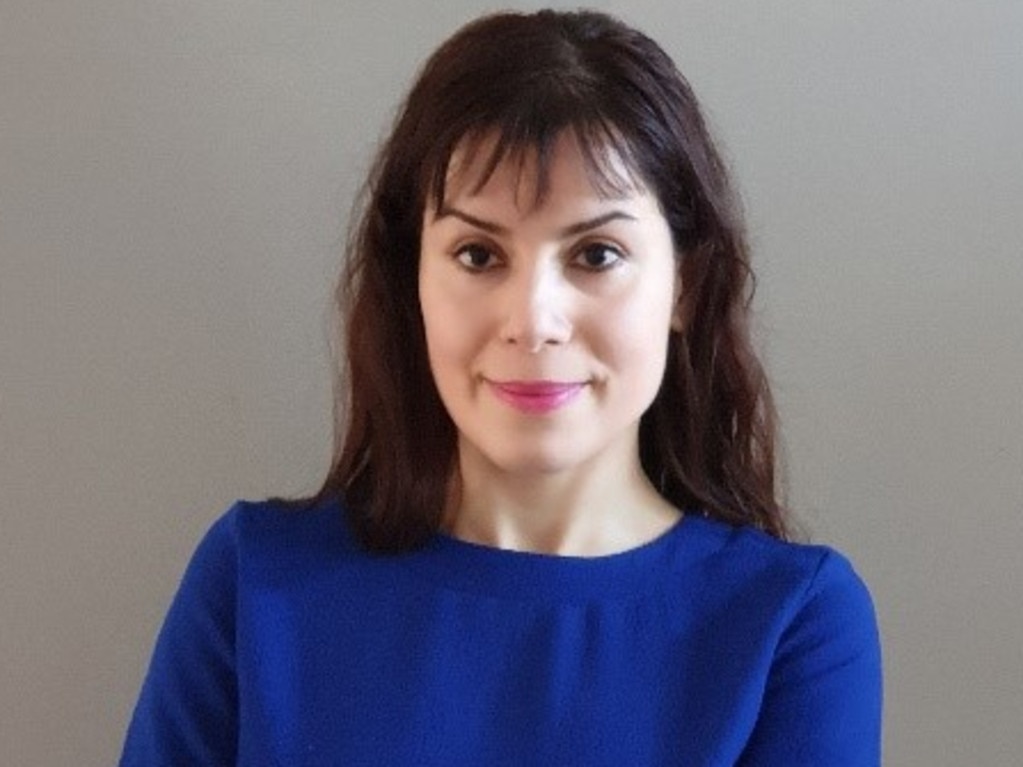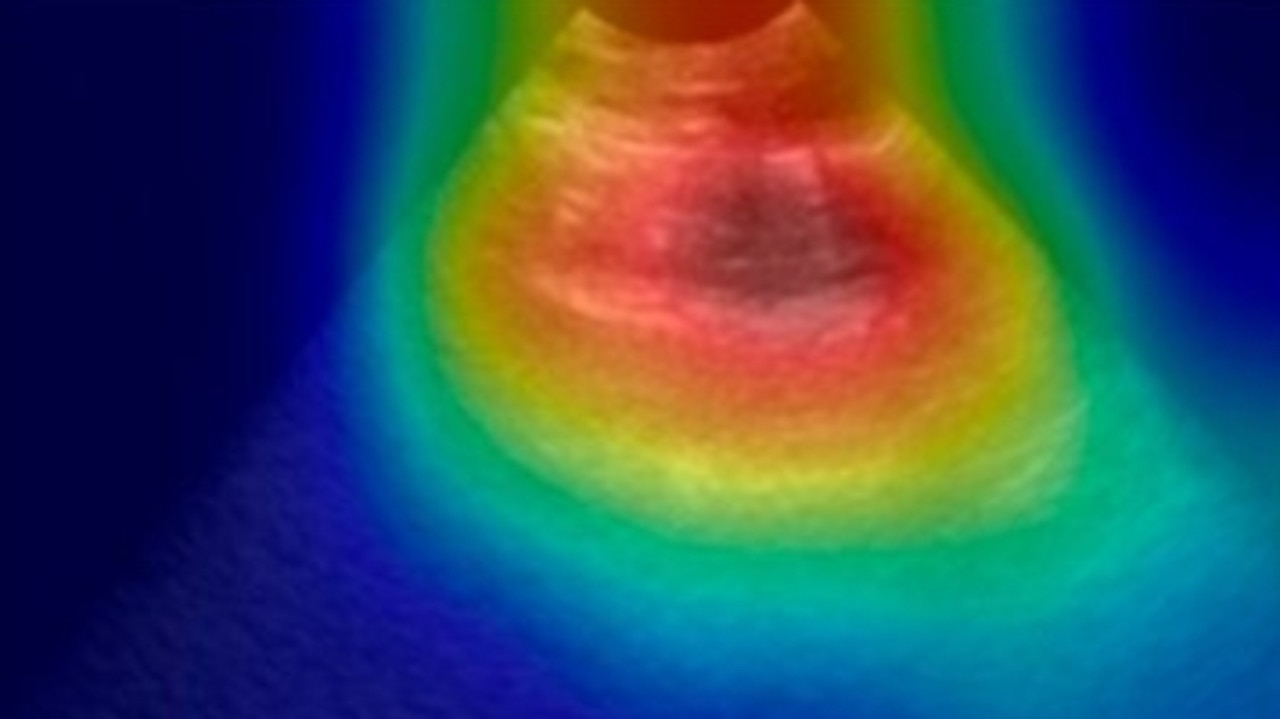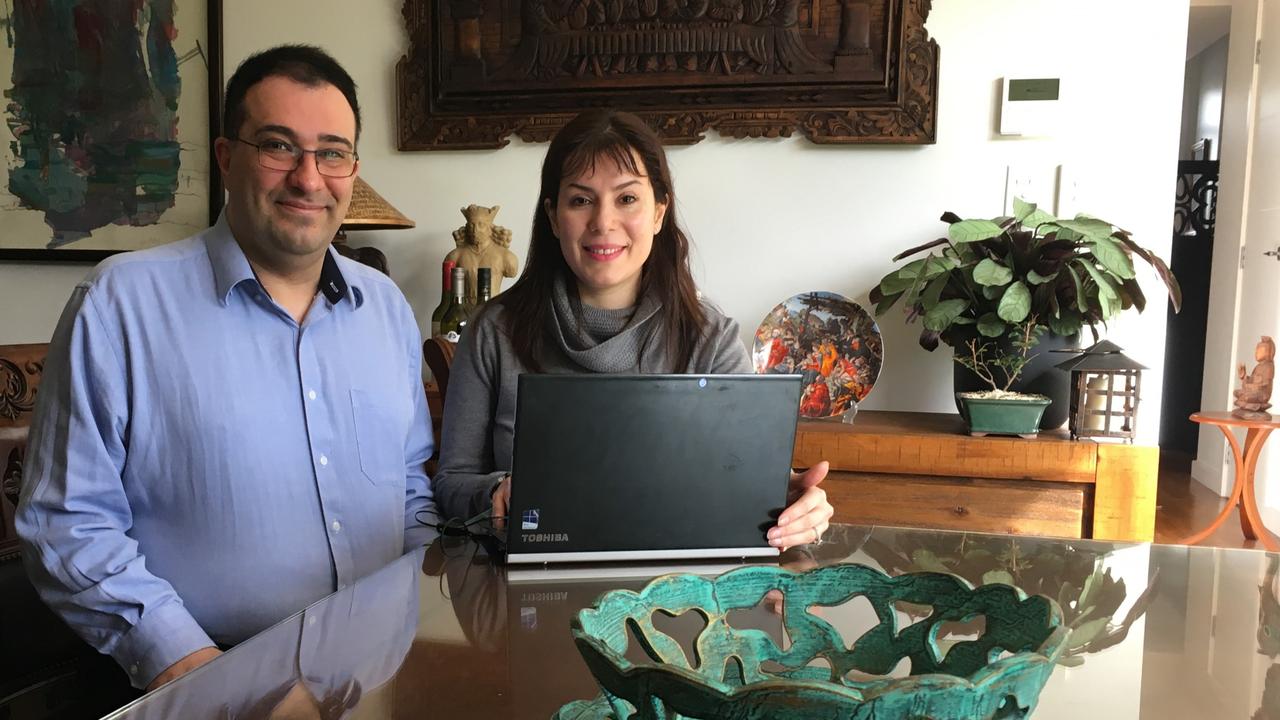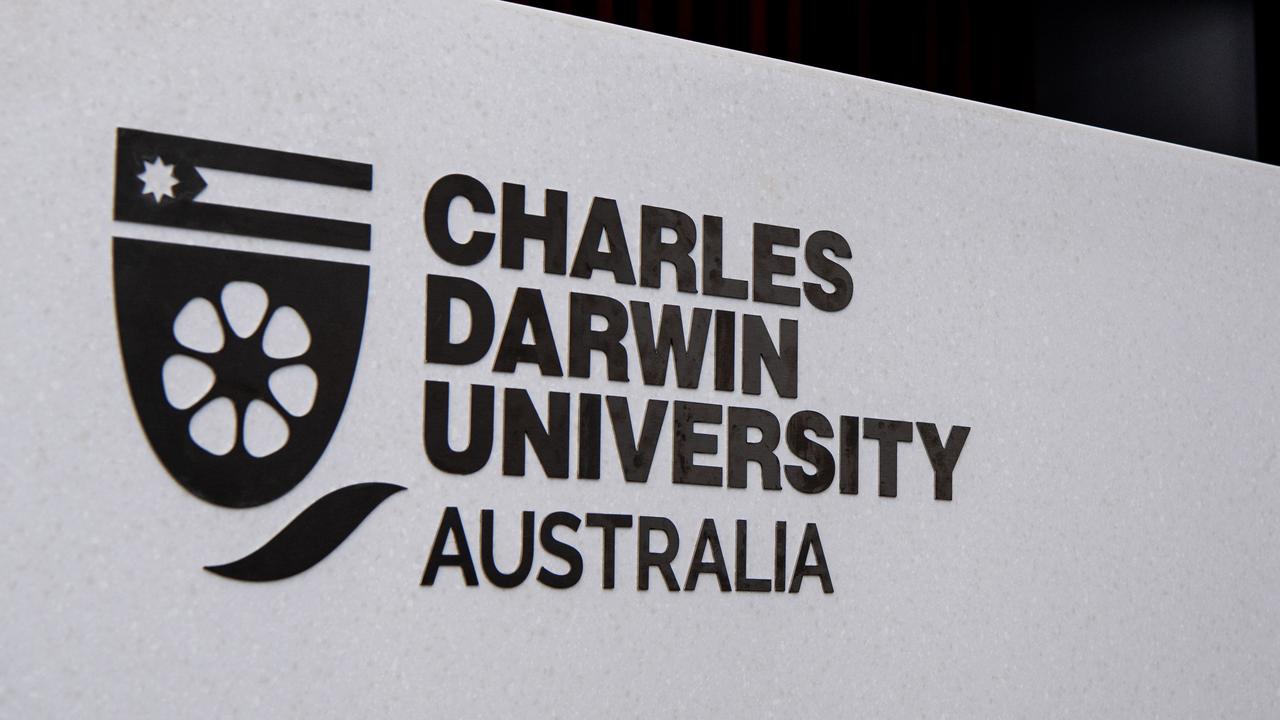Charles Darwin University has begun a study into Artificial Intelligence and how it can help diagnose diseases.
Artificial Intelligence could soon become a radiologist’s best friend, with researchers from Charles Darwin University training the technology to accurately diagnose pneumonia, Covid-19 and other lung diseases. See how it works.

Artificial Intelligence could soon become a radiologist’s best friend, with researchers from Charles Darwin University training the technology to accurately diagnose pneumonia, Covid-19 and other lung diseases.
The new study – led by researchers from CDU, United International University and Australian Catholic University – focuses on developing and training an AI model to analyse lung ultrasound videos and diagnose respiratory diseases.
The model works by examining each video frame to find important features of the lungs and assesses the order of the video frames to understand the patterns of the lungs.

It then identifies specific patterns indicating different lung diseases and, based on this information, classifies the ultrasound into a diagnosis category.
Co-author and CDU adjunct Associate Professor Niusha Shafiabady said the model had an accuracy of 96.57 per cent, with the AI analyses verified by medical professionals.
“The model also uses AI techniques to show radiologists why it made certain decisions, making it easier for them to trust and understand the results,” she said.
The model used explainable AI, a method which allows human users to understand and trust the results created by machine learning algorithms, Ms Shafiabady said.
“The explainability of the proposed model aims to increase the reliability of this approach,” she said.

“This interpretation technique will aid a radiologist in localising the focus area and improve clinical transparency substantially.
“This model helps doctors diagnose lung diseases quickly and accurately, supports their decision-making, saves time, and serves as a valuable training tool.”
Ms Shafiabady said if fed the appropriate data, the model could be trained to identify more diseases such as tuberculosis, black lung, asthma, cancer, chronic lung disease, and pulmonary fibrosis.

CDU researchers involved in the study include Asif Karim, Sami Azam, Kheng Cher Yeo, Professor Friso De Boer and Associate Professor Niusha Shafiabady, who is also a researcher at ACU.
Potential avenues for research include training the model to assess other imaging, such as CT scans and X-rays.
Automated diagnosis of respiratory diseases from lung ultrasound videos ensuring XAI: an innovative hybrid model approach, was published in Frontiers in Computer Science.
Have a story tip? Reach out to me at thomas.mclean@news.com.au
More Coverage
Originally published as Charles Darwin University has begun a study into Artificial Intelligence and how it can help diagnose diseases.




